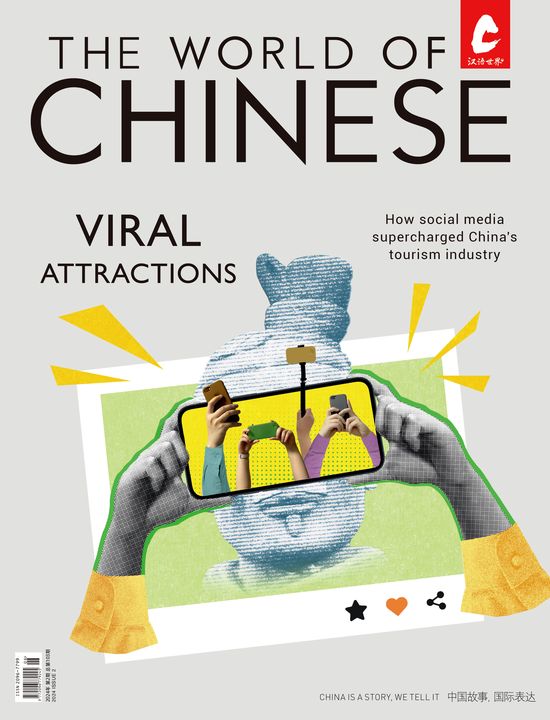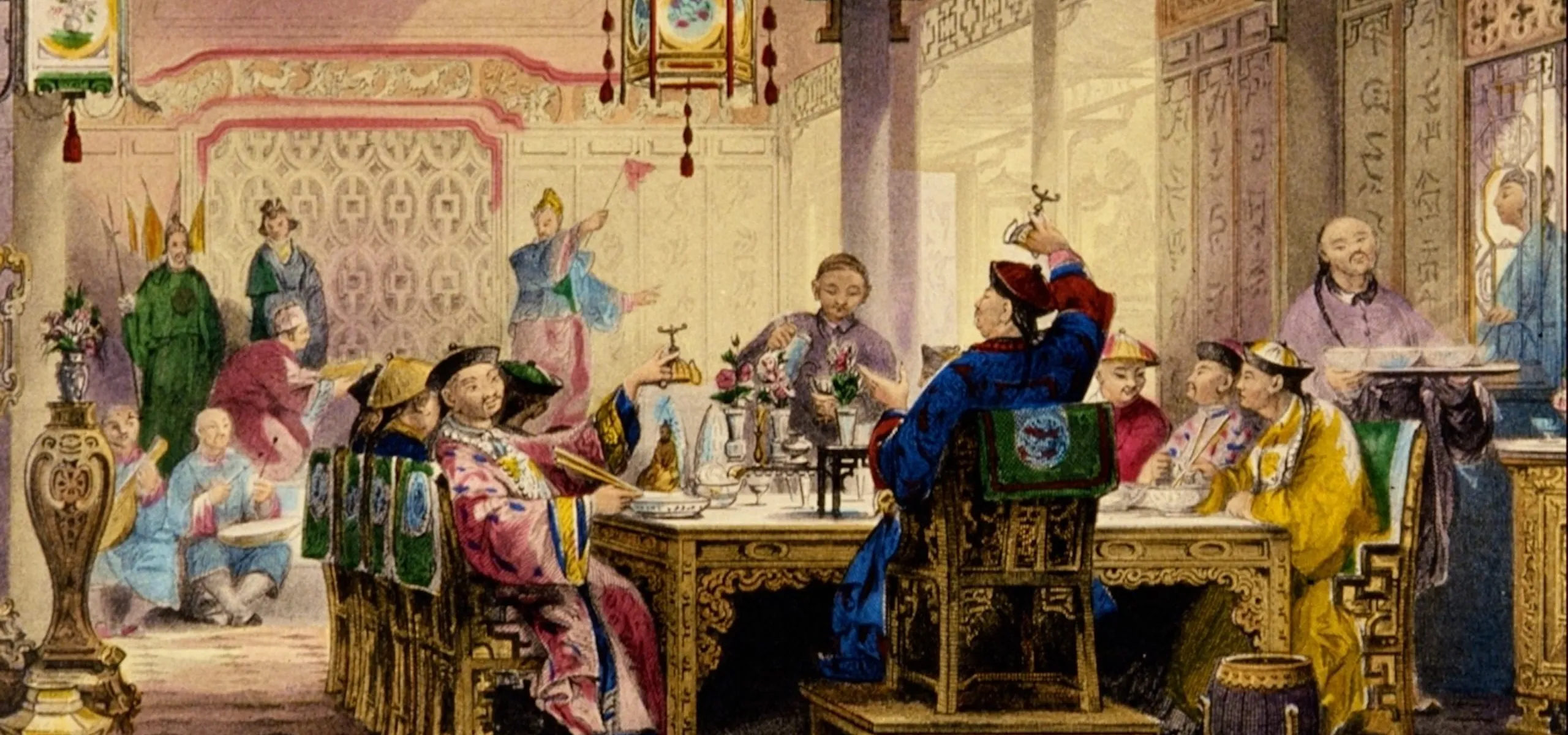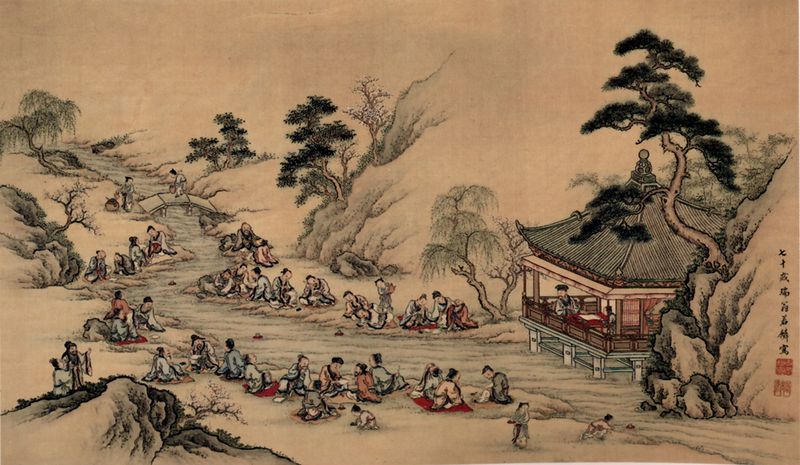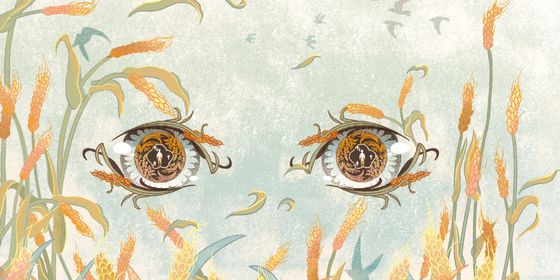Ancient Chinese not only had a plethora of alcohol to choose from, but all sorts of games and rituals for drinking it
What are sorrow brooms (扫愁帚) and poetry hooks (钓诗钩)? Amusingly, they both refer to wine in ancient China. Since wine sweeps away sorrows and creates poetic inspirations, many poets considered it a friend. One night, the romantic poet Li Bai (李白), a well-renowned alcoholic from the Tang dynasty (618 – 907), even imagined exchanging the moonlight on Dongting Lake for wine from heaven (且就洞庭赊月色,将船买酒白云边) in his “Five Poems on Traveling on Dongting Lake (《游洞庭湖五首》).”
Good wine requires a good drinking companion. While a person may merely sip politely with a stranger, they would pour the wine down their throats when drinking with a confidant—as if 1,000 glasses were not enough to express their joy. In ancient history, when someone bid farewell to an old friend they would drink freely, for tomorrow they would drift away on the currents of life. When there was nobody to drink with, Li Bai raised his glass to the moon and toasted his own shadow (举杯邀明月,对影成三人), as he writes in his “Four Poems on Drinking Alone Under the Moon (《月下独酌四首》).”
Ancient Chinese also stressed timing when it came to appreciating wine. When it rained in spring, one drank while enjoying the greenery. When it snowed in winter, friends gathered around a cozy fire to chat and laugh over a pot of warm wine. On twilit evenings, the poet Bai Juyi (白居易) would sit near wine bubbling over a fire in a clay stove, writing to an old friend, “It is about to snow, perhaps we shall drink (晚来天欲雪,能饮一杯无)?” in his poem “To Liu Shijiu (《问刘十九》).”
From bamboo forests to lotus pavilions, drinking took place in various poetic settings. Literati believed mountains, lakes, and streams made drinking a spiritual experience. There is even a drinking game, known as the “Meandering Stream (曲水流觞),” that can be traced back 2,000 years. At a banquet, people would release a vessel of wine to float downstream, and wherever it stopped, the person sitting nearest had to drink from it and improvise a poem.
The drinking vessels also spiced up the experience. While a wine cup carved out of rattan wood added a natural flavor to the beverage, a rare rhinoceros-horn cup made the wine radiate like amber. In the Tang dynasty, green jade “moonlight cups (夜光杯)” were well-known for enjoying grape wines. When the wine is poured into these vessels, they would glow mysteriously under the moon. There are also novel vessels such as a duck-shaped wine cup from the Tang dynasty, where alcohol could be stored in the duck's stomach and drunk through the bill. Other vessels had a cute turtle, fish, or crab as decorations, adding to the aesthetic experience.
Amusingly, even a fresh lotus leaf could become a drinking vessel. This “green tube drinking (碧筒饮)” was invented in the Three Kingdoms period (220 – 280). One summer, an official called Zheng Que was enjoying the cool breeze from a lotus pond. The lotus leaves gave him an unusual idea. He picked a fresh leaf and poked out the center, creating a green tube stretching from leaf to stem. As the wine goes through the stem, it absorbs the lotus fragrance and acquires a refreshing and slightly bitter taste. According to ancient beliefs, this bitterness clears the heart and soothes the mood during the hot summer months. Su Dongpo (苏东坡), the well-known poet and gourmand of the 11th century, was so fascinated by this way of drinking that he brought it with him when he was assigned to an official post in Guangdong in the south of China. It was well-received by the locals there, since they already cooked rice inside of lotus leaves.
In Hangzhou, which served as the capital of the Southern Song dynasty (1127 – 1279), literati liked to relax on West Lake. They rowed their boats amid the lotus flowers while drinking through their “green tubes.” When they got hungry, they wrapped fish and sauces in the leaves of the lotus plants growing on the lake, letting the summer heat do the cooking. When the fish smelled ready, they could open the “packet” to enjoy this naturally-prepared delicacy—and of course, wash it down with a few more gulps of lotus-wrapped wine.
When people get quite tipsy, having fun is the thing. China’s Classic of Poetry (《诗经》) describes one amusing post-drinking scene. Before the banquet, the guests were seated elegantly. After a while, many stood up with musical instruments and start to dance freely. In the Tang dynasty, a game called touhu (投壶), or “pitch pot,” was popular at banquets: People shot arrows into a wine vessel, and the one who missed the pot had to drink more. Instead of drinking blindly, why not make it a game for everyone?















